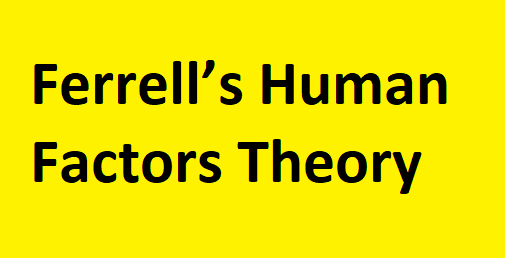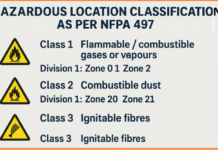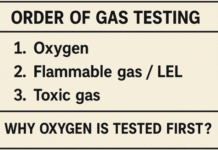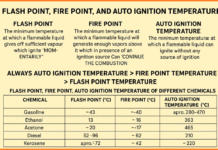Ferrell’s Human Factors Theory:
Dr. Russell Ferrell, Professor of Human Factors at the University of Arizona give this theory of accident causation as shown in diagram below:
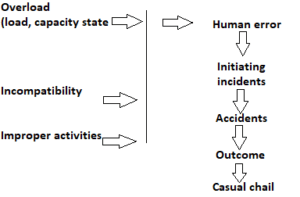
This theory states that accidents are the result of a casual chain (as in multiple causation theory), one or more of the causes being human error, which is in turn caused by three situations – overload, incompatibility and improper activities. Factors affecting these three situations are as follows:
- Overload (A mismatch of capacity, load and a state) due to-
| (a) | Load | Task (Physical information processing) |
| Environment (Light, noise, distraction, stressors that require active coping) | ||
| Internal (Worry, emotional stress) | ||
| Situational (Ambiguity of goals or criteria, danger) | ||
| (b) | Capacity | Natural endowment, physical condition, state of mind, training, drugs, pollutants, pressure, fatigue, stressors that impair ability to respond |
| (c) | State | Motivational level and arousal level |
- Incompatibility (incorrect response or mismatch) due to –
| (a) | Stimulus Response | Due to control – display |
| (b) | Stimulus Stimulus | Due to inconsistent display types |
| (c) | Response Response | Due to inconsistent control types or locations |
| (d) | Work station | Size, force, reach, feel |
- Improper Activities due to-
- The worker did not know how to do it.
- He deliberately took risk due to
- Low perceived probability of accident
- Low perceived cost of accident
Since this is basically human factor model greater emphasis is placed on the first two causes of human error, overload and incompatibility.


